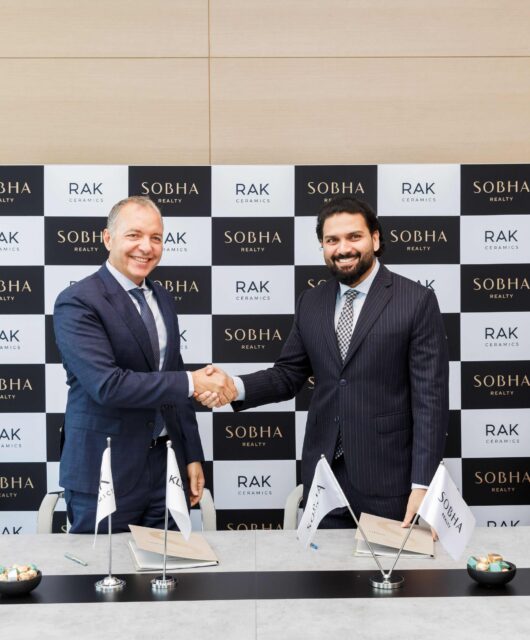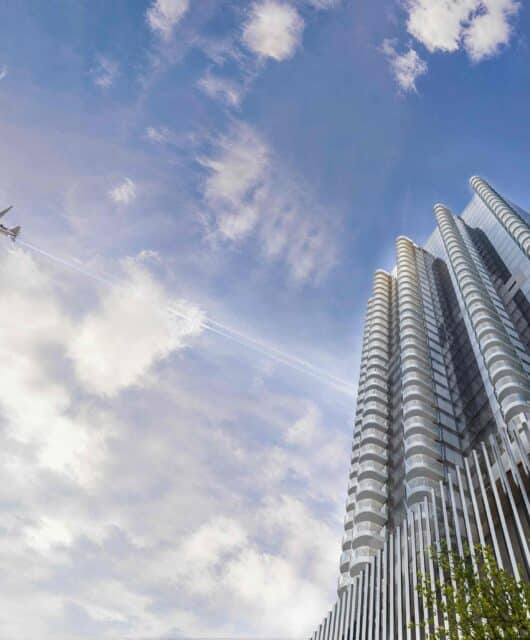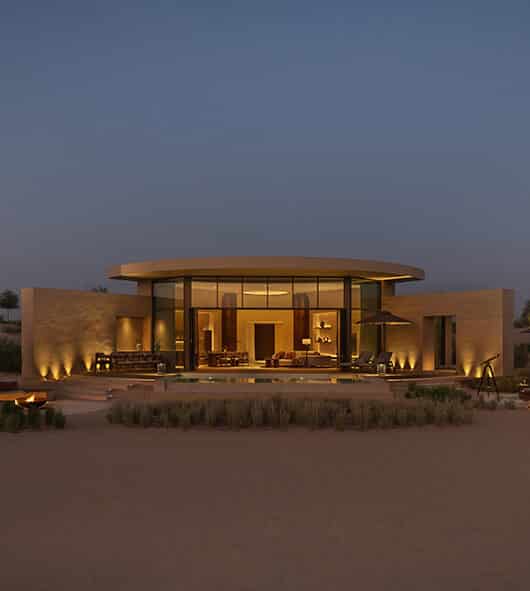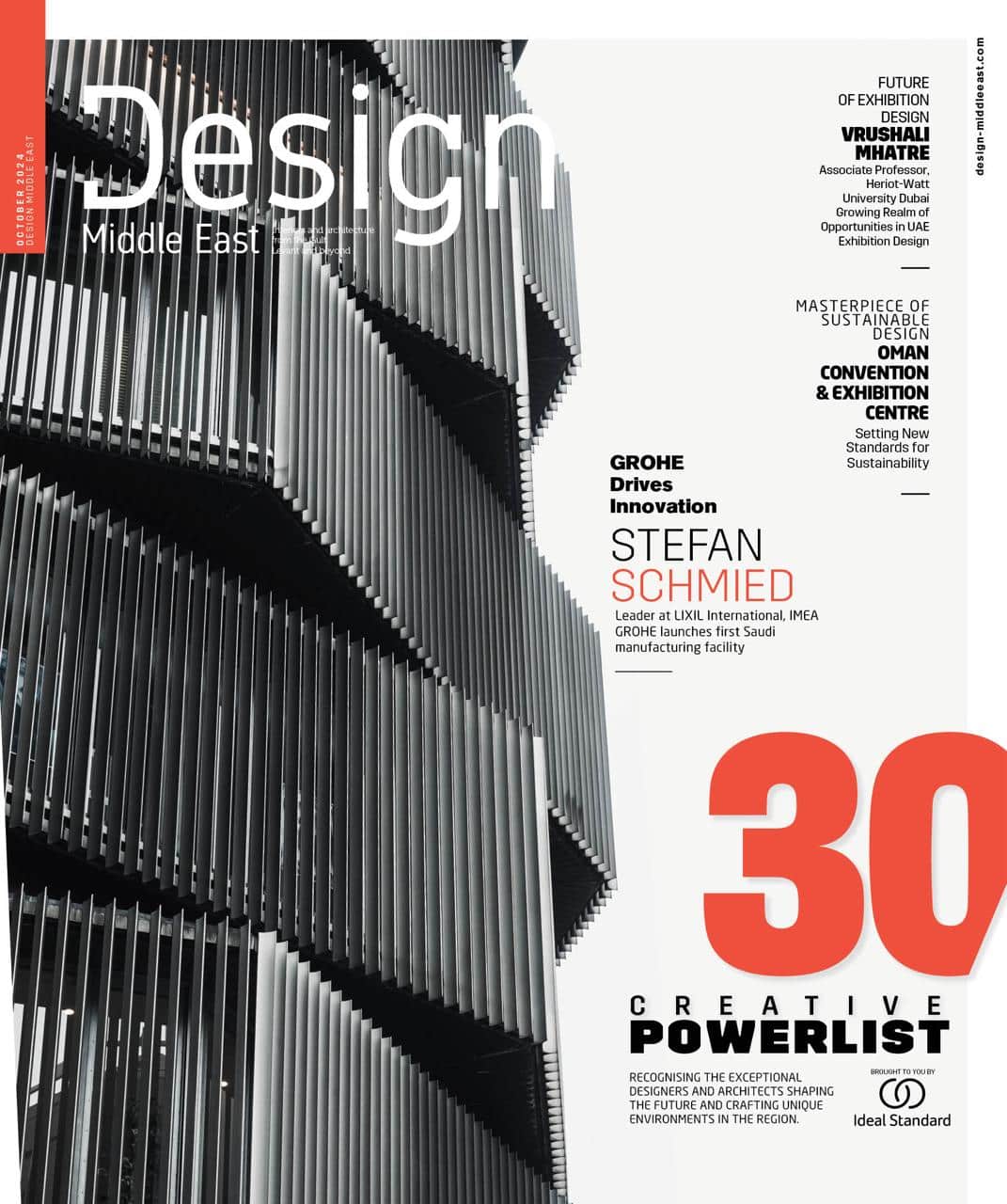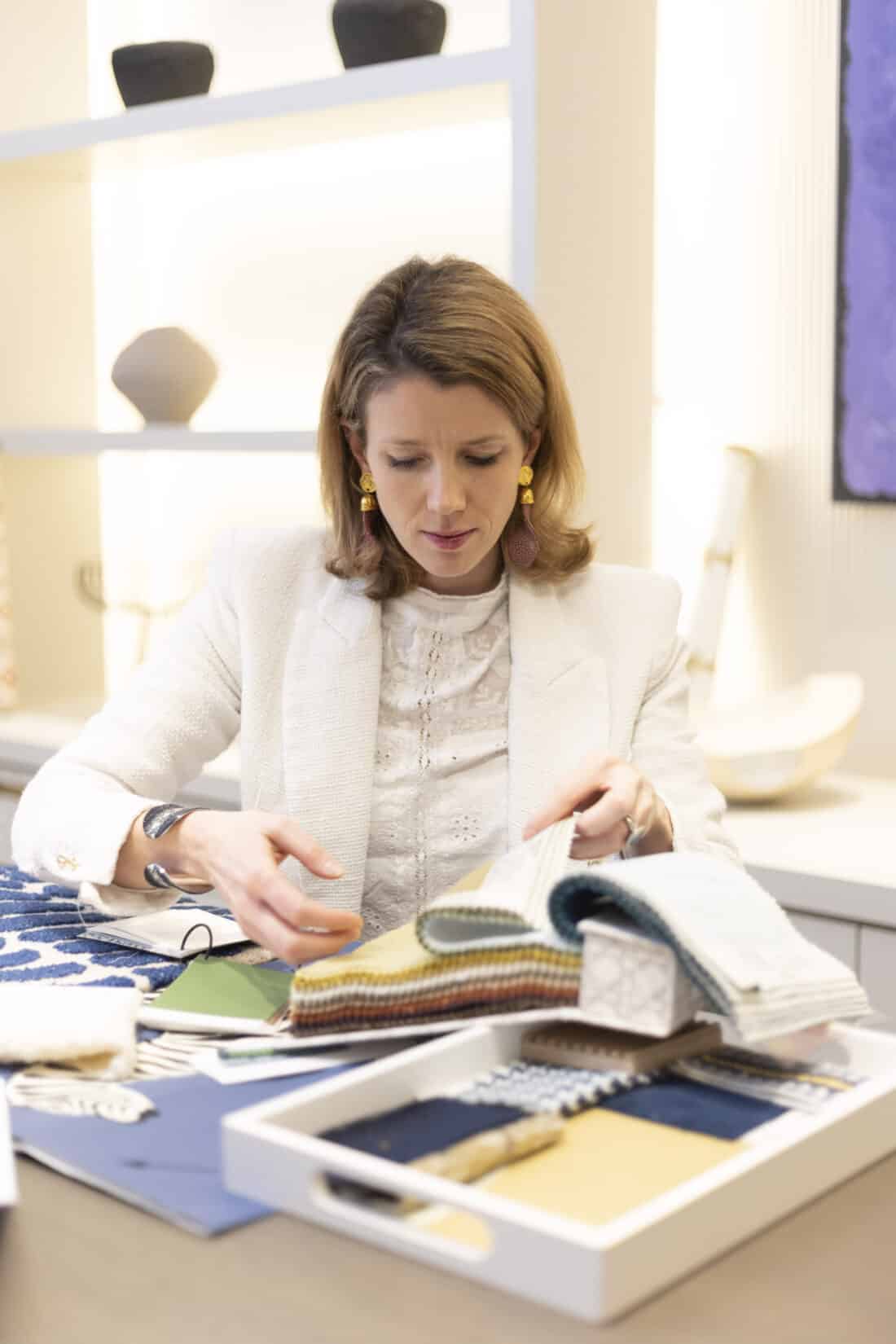 Blandine de Navacelle, Founder of Studio Lodha and Creative Director at Lodha UK, discusses the design ethos of Studio Lodha, its offerings for GCC clients, the challenges and highlights of working in this region.
Blandine de Navacelle, Founder of Studio Lodha and Creative Director at Lodha UK, discusses the design ethos of Studio Lodha, its offerings for GCC clients, the challenges and highlights of working in this region.
In what ways does Studio Lodha define its design ethos?
The design ethos of Studio Lodha is defined by a highly tailored approach to each project we work on. Our projects are visually appealing and beautiful, but they are also functional and thoughtfully designed to complement the customer’s lifestyle and needs. A large family, for example, may benefit from extra storage space and a separate living area for the children, whereas a professional couple may prefer to convert an unused bedroom into a private office. We’ve designed bespoke joinery with sliding panels that can be moved to reveal or conceal a desk, dressing table, or widescreen TV in smaller London homes. These small details can significantly improve a home, and Studio Lodha is the epitome of elegant, yet functional luxury.
How has Lodha UK’s offering changed over time in response to ever changing demands?
Studio Lodha is a direct response to the changing, evolving needs of our customers. After launching Lincoln Square, our first London project, we found that many buyers were struggling with the design and dressing of their new homes. Our residents have a high profile and are often busy travelling with work or family. As well as struggling to find the time to meet with interior designers, many found it difficult to communicate their needs and design preferences. They came to us for help and advice, and having already spent several months with each client on their home transaction, Lodha UK was able to instantly understand what each customer wanted and needed. I started helping several families with their homes, and the studio has evolved from there. Requests kept coming in from friends and families of our residents which I initially had to turn down, but now with the official launch of Studio Lodha we are able to work with customers outside of the Lodha UK network, which I am very excited for.

Studio Lodha’s main area of expertise is London and the UK market. We know the best tradespeople, renowned artisans and leading galleries to work with across Europe. This knowledge is particularly valuable to overseas buyers who may not be as familiar with a European aesthetic, or indeed the London property market.
Many London properties, particularly in Mayfair, Belgravia and Kensington, are large period townhouses, which come with a lot of history but also require meticulous restoration and work. This can be overwhelming for a customer who is used to an ultra-modern tower block as they are unfamiliar with period features and proportions. Through careful space planning and considered architecture, we’re able to transform such properties into modern family homes, while retaining the original features and detailing that make them so special.
Studio Lodha are experts in the renovation and redesign of such properties, and we’re already in discussions with several families who are primarily based in the GCC but are looking to purchase and fit-out a London residence. When these families arrive in London in early summer, we’ll look at a few properties before I oversee the redesign and completion of their new homes.
How would you describe your design aesthetics, and how do you plan to cater to the desires of GCC audiences with traditional demands and a modern touch, given that you will be servicing expats from around the world?
The Studio Lodha aesthetic is defined by a use of rich colours, graceful forms and an eclectic mixture of antique and bespoke pieces. Each home by our practice has a unique personality and character, underlined by a playful elegance. Art also plays an important role in each of our homes; I’ve sourced rare Picasso’s and a highly covetable Annie Morris sculpture on behalf of clients.
Can you tell us about your design process for each project? Is there a certain method that you follow?
In terms of the design process, the most important moment is the initial consultation. This is where I sit down with a client and discuss their upcoming project, as well as how they like to live, work and travel. Every project is a new story, and we always start with a blank canvas. I’ll show them different mood-boards and samples, and from there build a picture of how Studio Lodha can help them create their dream home. Studio Lodha has worked an array of refined projects, each with their own unique challenges, and we work to ensure that each new client benefits from our wealth of expertise and best practices learnt.

Clients from the GCC have an in-depth and impressive knowledge of luxury brands and design houses, which is a pleasure to design for. GCC clients, as with any overseas market, have specific cultural references to consider when creating a home, even in the context of a British property. So this can mean there are interesting discussions at the beginning of the design process, to ensure we are aligned in our vision, but this is always a very enriching experience, rather than a challenge.
As you think about the future, where do you see yourself, especially in terms of interior design and Studio Lodha’s direction?
I am very excited to make some announcements about new hires and team expansion in the coming months. Designers from some of the world’s top studios and architecture firms have joined us to help propel the business forward. I’ll continue to meet with clients and oversee projects, as well as cultivate our network of leading luxury brands and suppliers – stay tuned for more!


